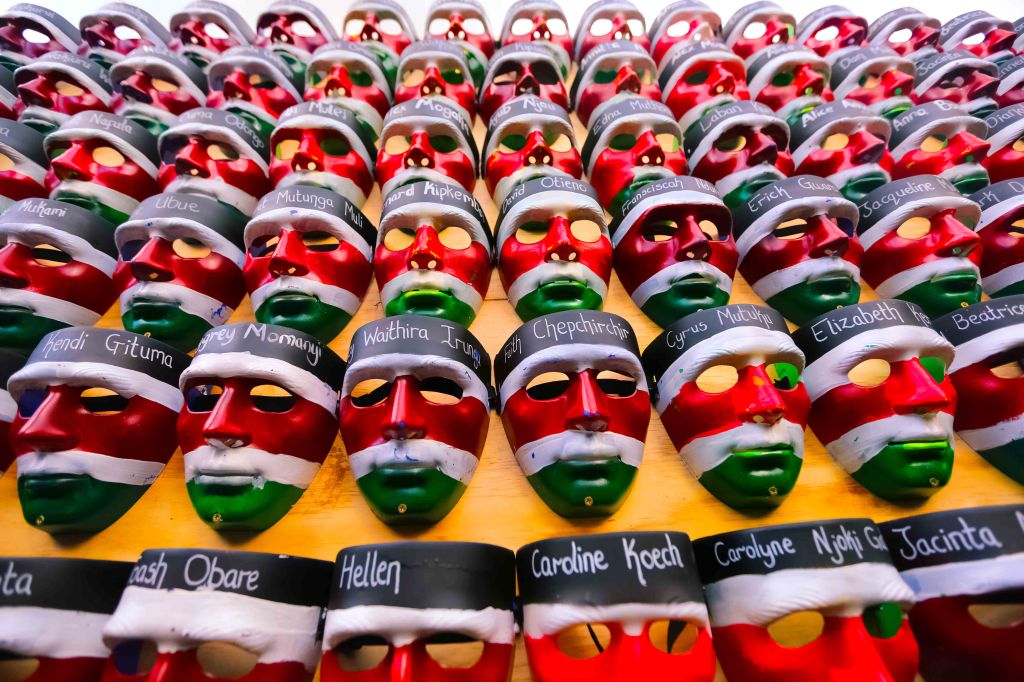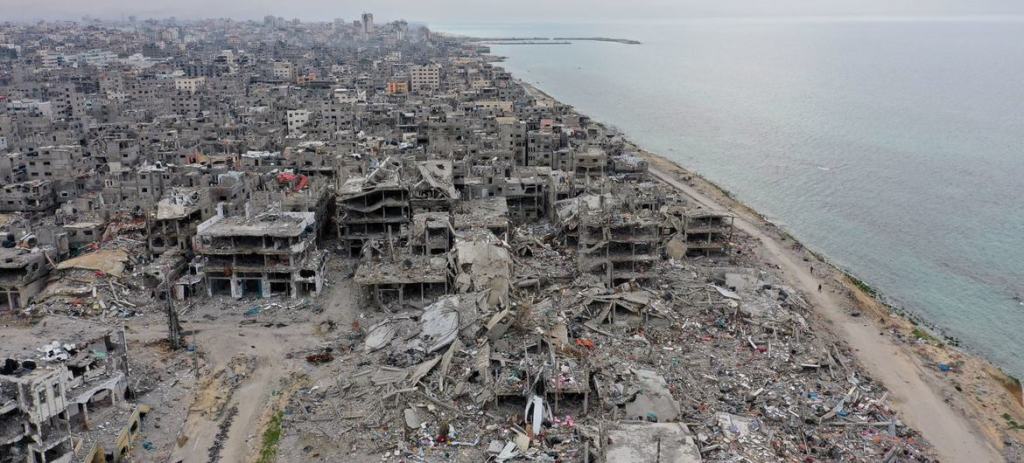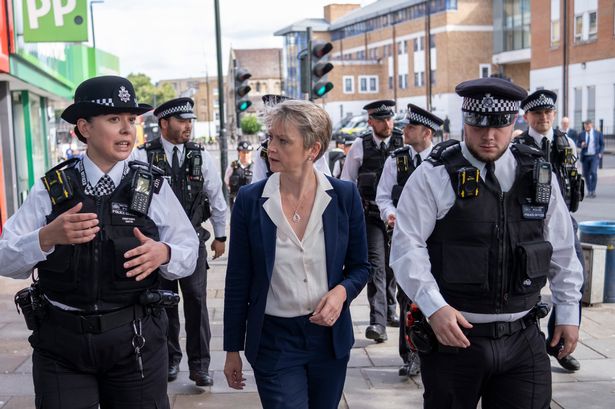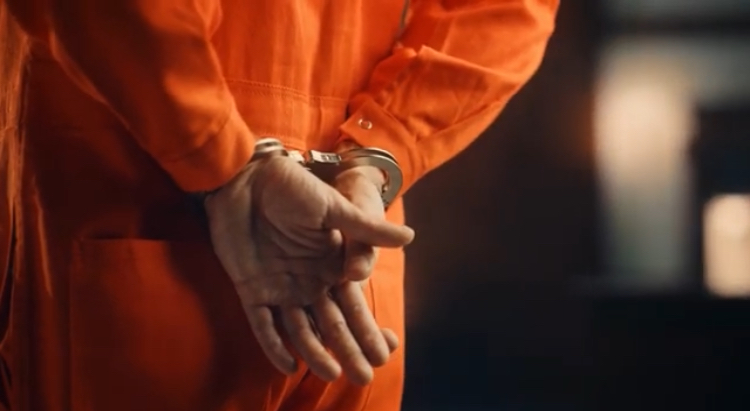by Samira Sawlani Follow @samirasawlani
2nd April 2015, Garissa University College, Kenya.
It should have been a normal day, one of corridors brimming with individuals rushing to classes, lecture theatres filled with the noise of chatter and students preparing to wind down for Easter.
However, 2nd April 2015 will never be looked upon as a normal day for staff and students of Garissa University, nor for the people of Kenya.
Not only was it the day which saw one of the worst terror attacks on Kenyan soil, it was also a day on which the Country lost some of its brightest minds.
Heavily armed attackers stormed the university campus that morning. Some students were shot at while others held hostage. As the day went on Kenyan security forces arrived at the scene as explosions and gunfire continued to be heard. Hours went by before the attack ended, terror group Al-Shabaab claiming responsibility for it.
148 people, mainly students, were killed.
That morning Information Sciences student Leonard Rotich was awoken by a series of lou noises at around 5.30am. Some thought that perhaps there had been an electrical fault which is where the noise and sparks were coming from, but it soon became apparent that this was not the case. “The sounds were gunshots and these were being fired in a lecture hall where we later found out members of the Christian Union were in a prayer meeting. We all began running for our lives, to leave the school compound in that panic was not easy, especially as it meant jumping over a high fence. A man who lived locally saw us and asked what was going on, most of us were so frightened we could not answer, he then led us to the barracks in Garissa Town where we sought safety.”
Though grateful to have survived, he is still mourning the loss of those that did not make it. “I lost my closest friends in that attack, 3 classmates killed. I have had to have counselling in order to accept what happened and to move on. I never want to go back to Garissa again, to that campus. Many of those that died were the first in their family to go to university, only to return home in caskets. Most families are still traumatized.”

Wekesa Peter was also asleep in his dormitory when he heard gunshots. Initially he and his roommates thought that perhaps thieves had tried to enter the campus and that police were chasing them down; they ran out in the hope of trying to find out exactly what was going on. He managed to escape to a classmate’s home, but the attack left him too shaken to even tell his family that he was alive: “I could not remember my own phone number let alone that of anyone else’s.” It was only on Sunday, 72 hours after the attack, that he managed to contact his family and let them know he was safe.
While the scars these men carry from that day are psychological, embedded in memory, Mary’s (not her real name) are physical; she was shot in both legs as she attempted to escape. “I remember running but knowing I would not make it. Friends were risking their lives jumping out of windows. The attackers were shouting — they did say they were Al-Shabaab. Ot was almost as if they were possessed, running around shooting as if it was a game. When I woke in hospital I remember looking down at my body. I did not know which blood stains were mine and which were those of my classmates.”
While her physical rehabilitation continues and she has had psychological support Mary is yet to return to full time education. “I can’t ever see myself going back to Garissa, not the region not the campus. One friend of mine was held hostage — it took many months for her to even begin speaking again. I am still too afraid to go to any university away from home where I will have to stay in dormitories. The events of that day will never leave me; I carry them on my body and in my mind. For the first few months I could not sleep, too many dreams and flashbacks. I have seen photos of the aftermath, the blood on the walls. Those are the memories I have of that place.”
 The parents of one of the murdered students, Alice (not her real name), who was pursuing a degree in Education with the hopes of becoming a teacher, agreed to be interviewed on condition of anonymity.
The parents of one of the murdered students, Alice (not her real name), who was pursuing a degree in Education with the hopes of becoming a teacher, agreed to be interviewed on condition of anonymity.
Her father says ,“I first heard about the attack as I switched the radio on that morning. The details were not very clear – it was as if the whole country, government, police, media, everyone was confused and wondering what was going on. My first response was to call Alice. The phone rang twice and then cut out. I then woke my wife to tell her that this is what was being reported on the news and that I was unable to get through to our daughter.”
72 hours later they were stood in a Nairobi mortuary identifying the body of their daughter. “The emotional turmoil was not helped by how disfigured the body had become. She had been shot multiple times. They were all just children – what sense is there in killing kids that have done no harm?”
When asked if the family had sought or received counselling Alice’s mother said, “Can it bring back my child? No, it cannot. I make do with the little faith I have in God that it was her time. I wish she had never gone there to study. At the burial you think it is meant to be the other way around, children at funerals of parents. I have other children but they cannot replace and when you have lost a child nothing is ever normal again, there is always a space, in the home, in the photographs and in the heart.”
One Year On

In May 2015, the Eldoret Campus of Moi University (of which the Garissa campus is a constituent) said that students who were to be transferred there from Garissa had begun the registration process.
Both Wekesa Peter and Leonard Rotich were part of this group, and they along with their peers continue to ask questions regarding the promised scholarships and donations kept aside for Garissa attack survivors.
In June 2015, Kenyan Senator Gideon Moi visited the Eldoret Campus and announced that he was there to donate Ksh1million on behalf of the family of former Kenyan President Daniel Arap Moi.
The money was to assist the students that had transferred over from the Garissa campus, yet according to both Leonard and Wekesa that money never made it to students. “It was reported in the media that the money was handed over. Many of us saw the ceremony but we have no idea what happened to it. Last I heard the university administration is claiming they never received it. Also, after the attack happened, some of us found our expensive belongings like laptops were never returned to us”, says Leonard.
(Despite multiple attempts to contact them, Moi University has not yet offered a response.)
The trial of the five men accused of being behind the Garissa massacre continues, while criticism of the Kenyan authorities’ response to the attack has been swept aside by the Government. Kenyan commentator and journalist Patrick Gathara says, “I think the government has been rather opaque about what happened that day and why it happened. As for the victims and their families, it is clear that they feel abandoned by the government”.
The impact of the attack has spread beyond its victims and survivors and their loved ones. In the past year there have been incidents at Kenyatta University, Moi University and Strathmore University which led to students clamouring for safety as they thought a terror attack was taking place.
On this, Mr Gathara argues, “There have since been several incidents of students in other universities across the country panicking at what they thought was a terror attack, with people leaping out of windows and getting injured or even killed. This suggests that faith in the government’s ability to prevent attacks and protect the people remains very low”.
Alas there are still too many unanswered questions regarding the attack and its aftermath.
No official reports
No official enquiries
Just silence and a call for solidarity
In January of this year Garissa University re-opened and teaching has resumed. One staff members says, “It is positive and we hope to see more progress, but the attack is still here, like a ghost. The walls tell a story, faded marks still there along with holes left behind by bullets.”
Meanwhile Kenyans have done all they can to ensure that those killed in Garissa are remembered. Days after the attack renowned entrepreneur Ory Okolloh Mwangi took to social media, her powerful tweets ensuring that the victims were not just numbers, not just another statistic.
https://twitter.com/kenyanpundit/status/584341816398454784
Vigils were held and a memorial concert organised by photographer and activist Boniface
Mwangi, along with other artists, took place in Nairobi, where painted masks were unveiled bearing the name of each individual that had died.
Saturday the 2nd of April 2016 will mark one year since the terror attack at Garissa University.
The university is to unveil a memorial on the one-year anniversary of the attack, while others will partake in a marathon.
#147notjustanumber was the hashtag used by Kenyans to remember those killed in Garissa.
The official death toll rose to 148.
148 living, breathing beings.
148 names.
148 voices.
148 smiles.
148 dreams.
148 memories.
148.
Not just a number.
Not just a hashtag.
Remember them.

All work published on Media Diversified is the intellectual property of its writers. Please do not reproduce, republish or repost any content from this site without express written permission from Media Diversified. For further information, please see our reposting guidelines.
Samira Sawlani is a writer/journalist specialising in politics, economy and development of East and Horn of Africa. A holder of an MA in International Studies and Diplomacy from the School of Oriental and African Studies, London. Aside from journalism she has also worked in the emergency humanitarian relief and refugee care sector. Twitter: @samirasawlani










Leave a reply to panorama254 Cancel reply